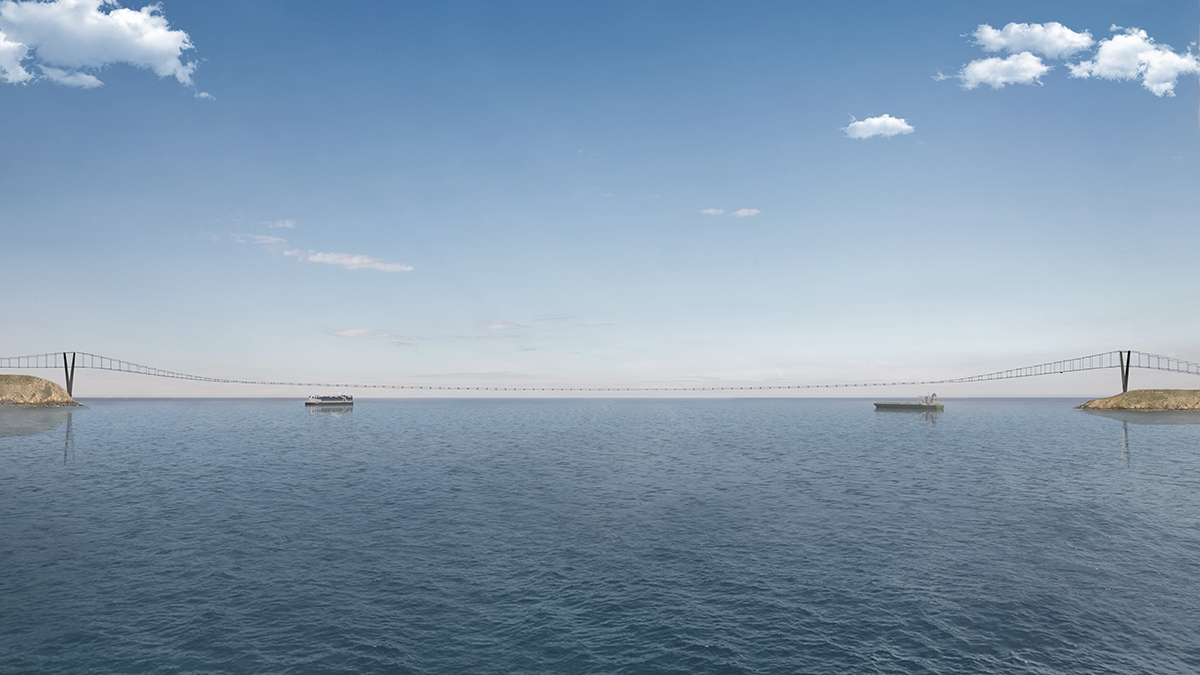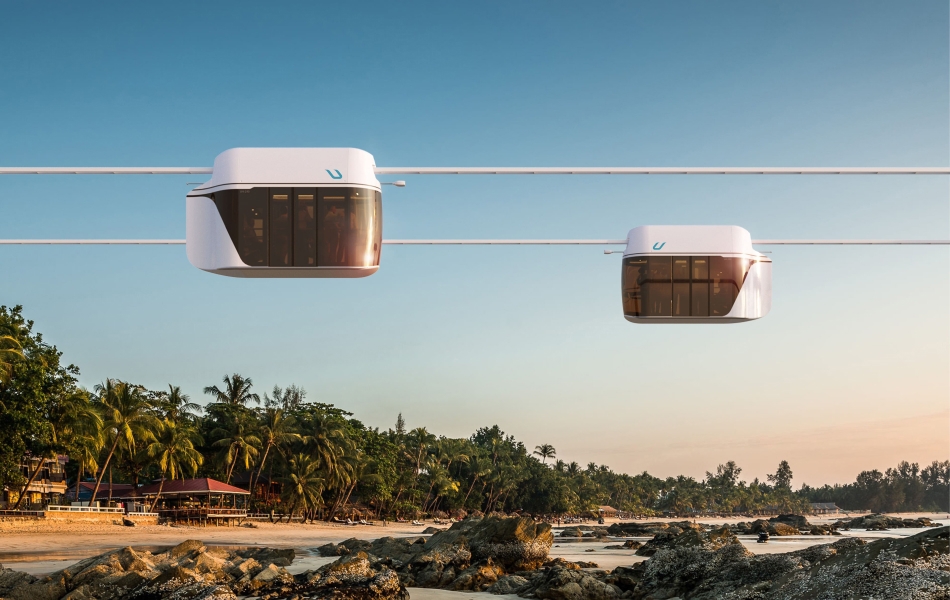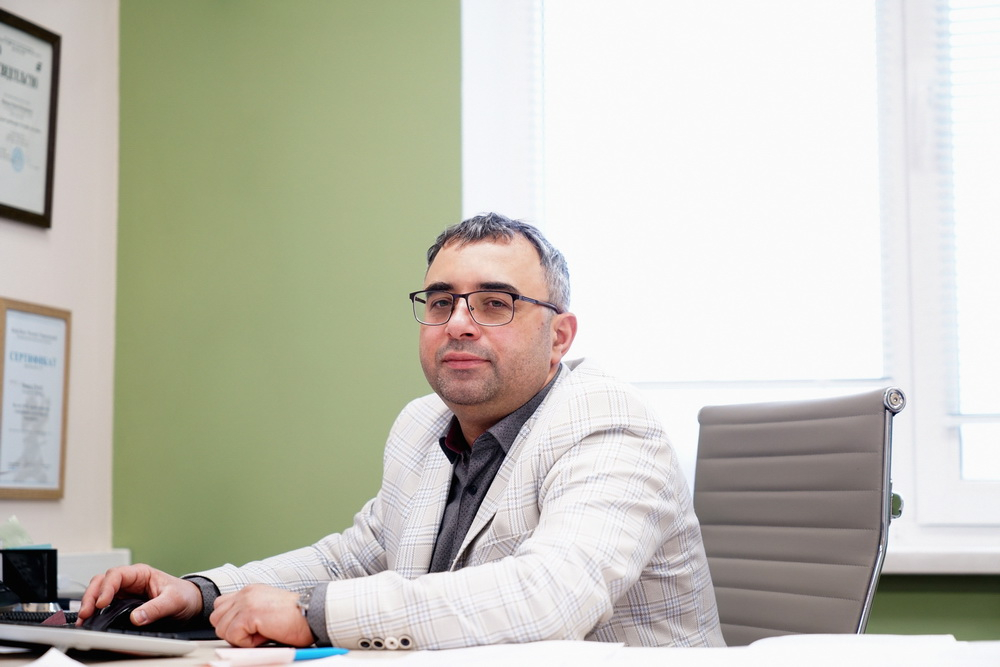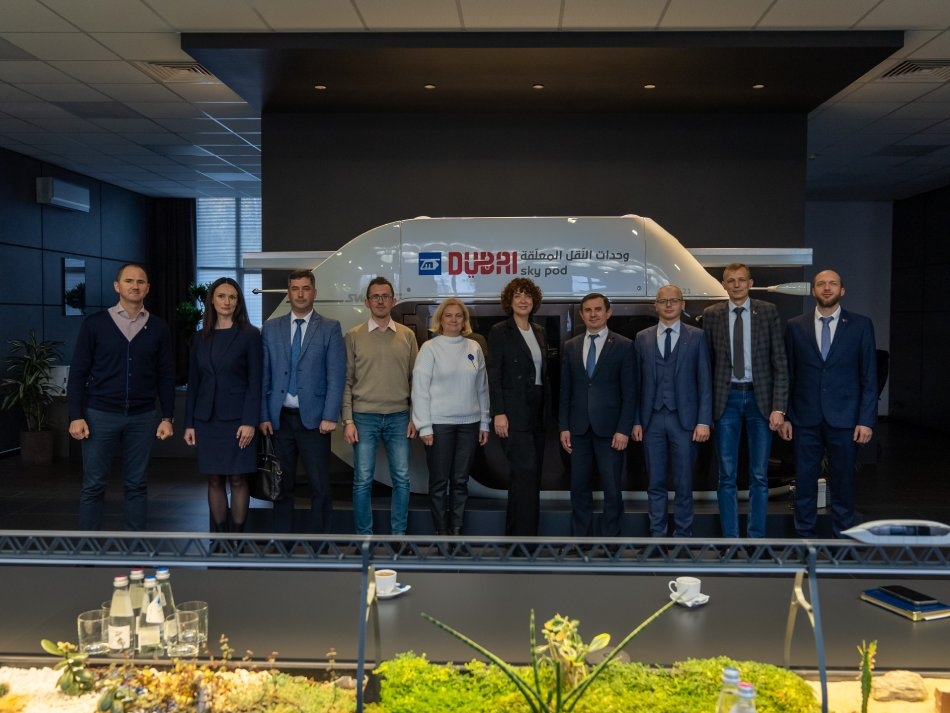Connecting Anadyr to the Mainland: A Unique Project for Chukotka
The Anadyr Estuary separates the administrative center of the region from the airport and other settlements. During summer, ferries handle transportation, and in winter, an ice road emerges. In between, the only way to reach the opposite shore is by helicopter, complicating the supply of goods and the mobility of residents. Engineers from UST Inc. have proposed an innovative solution to establish a permanent link between the city of Anadyr and the rest of the Chukotka Autonomous Okrug.
A One-of-a-Kind Overpass
Engineers from Belarus have developed a concept for a string rail overpass connecting the two shores of the estuary. The project envisions a 2,800-meter span without supporting towers over the water longer than renowned bridges such as the Çanakkale Bridge in Türkiye, whose main span measures 2,023 meters. The design of the rail-string overpass is lighter and experiences lower loads compared to a road bridge.

Primary horizontal loads will be absorbed by anchoring structures located at either end of the route. These structures are also planned to house passenger stations and public infrastructure. The tension of the string rails will be maintained via specially designed structural units installed in the anchoring structures.
Two additional supports, located closer to the shores, will handle vertical loads, while the entire central 2,800-meter section will remain support-free. The overpass will be elevated more than 60 meters above the water, allowing large vessels to pass underneath without obstruction.
Adapted to the Harsh Climate
Both the overpass and the unmanned rail vehicles (uPods) are designed to operate in the extreme conditions of the Far North. The ultra-narrow rail (less than 10 cm wide) prevents snow and ice accumulation, and movement of the uPods ensures self-cleaning. Ice formation on other parts of the structure will be eliminated through vibrations caused by passing vehicles. The elevated design minimizes the impact of snowdrifts, and the unmanned rail vehicles themselves are engineered to operate in wind speeds of up to 60 m/s thanks to refined aerodynamics and additional stabilizing cables. Each uPod is equipped with a battery backup, allowing it to complete a trip even in the event of a power outage.
Efficiency and Future Potential
Passenger transport will be available 24/7, managed by an automated control system. Two 40-passenger uPods will serve the line, capable of transporting up to 300 passengers per hour. The total journey time across the estuary will be just 6.4 minutes. Cargo transportation is also planned: a dedicated uPod will be able to carry up to 300 tonnes of cargo per hour, with the full loading and unloading cycle taking only 15 minutes.
The implementation of this project promises year-round, safe connectivity between the estuary’s shores, optimized logistics, reduced transportation costs, and improved access to Anadyr. Additionally, construction of the overpass is expected to stimulate regional economic development, create new jobs, enhance the investment climate, and play a key role in the development of Russia’s Arctic zone.
More news

News
5 April 2024
Representation in Indonesia and the negotiation nuances – in a new episode on the company’s work
In the next series you will learn about projects that are being developed in new regions for the company.

Interviews
5 January 2022
UST 2021: the Head of the Transport Overpass Department Shared the Company's Achievements
Yuri Kashchuk spoke about the results of the last year and plans for the current one in the next round of interviews.

News
20 November 2024
UST Inc. Was Visited by a Delegation from BrSTU
Representatives from Brest State Technical University recently visited Unitsky String Technologies Inc.

